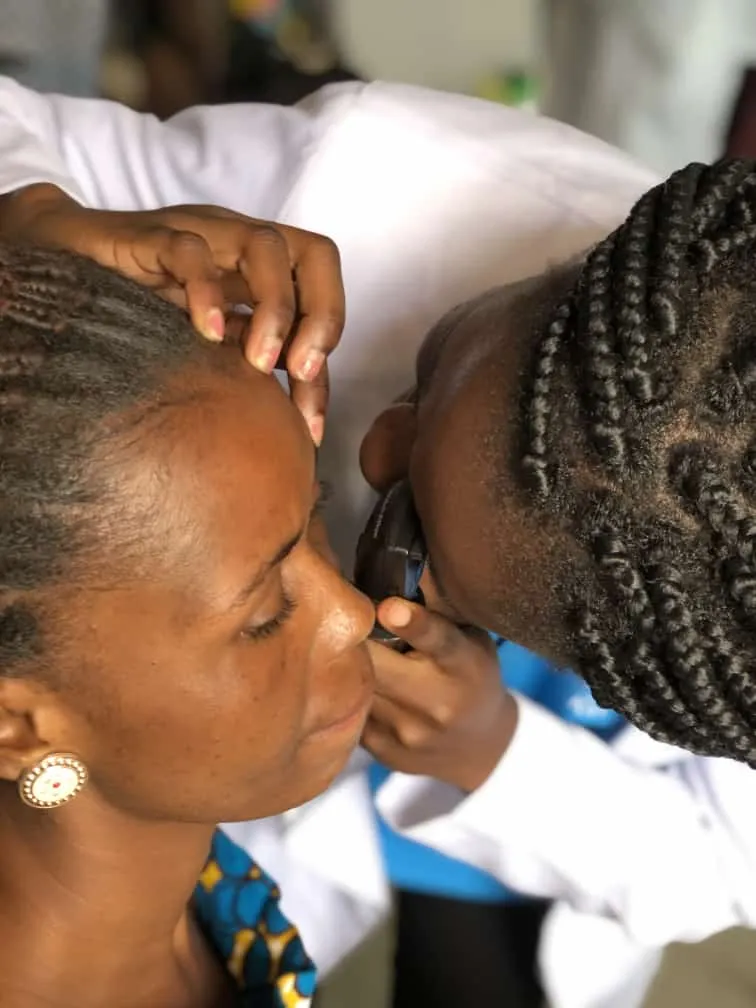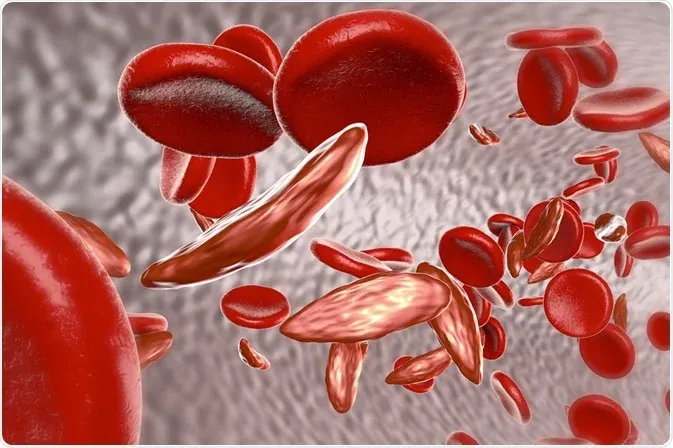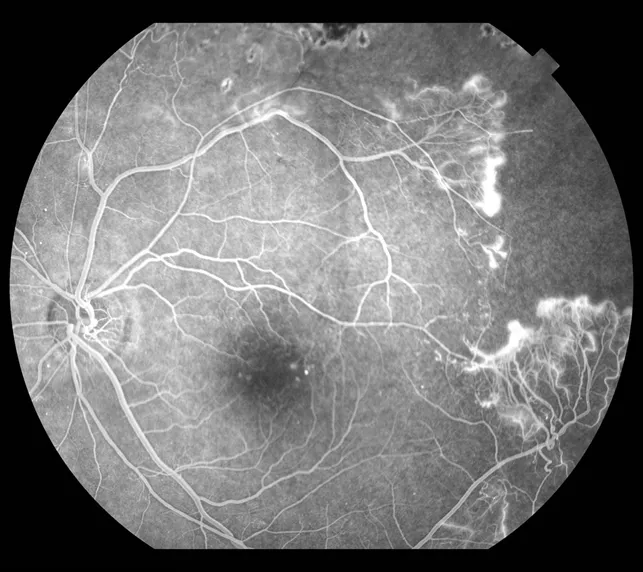Greetings to all and sundry,
It is a beautiful day today and the weekend has been exciting and full of surprises, well not for anything my country was eliminated from the world cup when we had a very good chance of qualifying but interestingly enough we were still contempt, such a funny occurrence with Uruguay.

But I am not here to discuss soccer today, I am here to discuss and share my knowledge on yet another ocular condition that seems to be causing vision issues for those that find themselves with it and I am hoping that through our discussion today we will learn something and share with our colleagues also. Before I go on to start though, I do hope you my dear reader are doing amazing and having a wonderful time.
Introduction
Sickle cell disease is an autosomal recessive genetic condition that comes about when two individuals who are carriers and thus are AS get married and produce an offspring who receives both S from the parent. In the past Sickle cell was killing a lot of children however as time progressed and technology and modern medicine upgraded the lifespan of those with the condition was prolonged and today cures are even available.

What happens with the sickle cell condition is that there is an abnormal formation of hemoglobin due to a mutation when glutamic acid gets substituted with valine in the hemoglobin formation process. This results in the blood cells having a sickle shape thus having a small surface area to carry oxygen around the body.
Again, the cells tend to agglutinate and block the blood vessels and this results in the individual suffering from incidence of chronic anemia due to the blood cells dying quicker than the 120 days lifespan, frequent dehydration, acidosis, etc. When these happen the person may be considered to be experiencing a sickle cell crisis. It can be very serious and could easily result in loss of life if care is not taken.
Sickle Cell Retinopathy
Now whiles sickle cell may seem more like a general or systemic condition with all its severe signs and symptoms, there is also the effect that it tends to have on the eye which could be sight-threatening if left unchecked. Thus, it becomes pertinent that a sickle cell patient does have a result eye consult as they would for a general consult.
The vessels in the eye are micro and thus the sickle cell nature of the red blood cells in this condition makes it easy for them to agglutinate and block blood flow in them. This can bring about ischemia, retinal cell apoptosis, and neovascularization as Vascular Endothelial Growth Factors cause the formation of new blood cells in an attempt to perfuse the areas that may have been cut off from circulation.
These cells don't end up being formed well, and there tend to be leakages which may worsen the whole situation when the vitreous losses its clarity as a result, it may also precipitate the development of conditions such as maculopathy, vitreous hemorrhage, and retinal detachment which are all sight-threatening conditions with bad prognosis.

A lot of times hypoxia and infarction tend to do a lot more damage as they tend to trigger self-destruction (apoptosis) among cells which the neighboring ones also pick up and follow suit accordingly. Edemas may form in the macular area which makes central vision very bad and even intraocular pressure could go up killing the optic nerve cells alongside.
Loss of vision with regards to sickle cell retinopathy may be painless and may only present with some symptoms of seeing objects floating in your vision, it is only by an objective assessment of the fundus with the appropriate tools that one could identify signs and the extent to which damage may have been caused in the eye to recommend the appropriate management.
Thus frequent eye examinations would do the sickler a lot of good. It is also worth mentioning that it is not only the SS patient who is at risk of losing their sight due to retinopathy but also the other variant or heterozygous trait, SC tends to have a lot of ocular complications which could easily hide until things are almost too late. And so do get frequent ocular examinations if you happen to be an SC too.
Management/ Conclusion
Sickle cell retinopathy management stems from the management of the sickle cell condition itself, the use of antibiotics to treat infections, keeping patiently hydrated always, the use of iron supplements, blood transfusion in severe cases of anemia, and a possible bone marrow transplant does go a long way in helping with the condition.
In the case where retinopathy may have already set in, we could consider the possible use of Anti-VEGF to prevent or reduce neovascularization as well as surgical interventions such as vitrectomy and laser to reduce the proliferation of the retinopathy.

Whatever the case may be, the Optometrist is your friend and your primary eye care physician, we are here to give you better vision or ensure that, that best vision of yours stays as it ought to be, and so do have a lot of ocular consults, as always, when in doubt seek out a professional and don't forget to love your eyes, early detection saves lives as well as sight.
Thank you once again for your time and for reading, it is very much appreciated, do not forget to leave your questions below for clarification, it is always a pleasure to serve you. Thanks for your time.
Further Reading
Budnikova, V., Rougier, M. B., Korobelnik, J. F., Gattoussi, S., & Delyfer, M. N. (2022). Erratum à « Rétinopathie drépanocytaire » [J. Fr. Ophtalmol. 45 (2022) 677–679] [Erratum to "Sickle cell retinopathy" [J. Fr. Ophtalmol. 45 (2022) 677-679]]. Journal francais d'ophtalmologie, 45(7), 846. https://doi.org/10.1016/j.jfo.2022.06.001.
Abdelkader, A., Shaaban, M., Zahran, M. M., Mohammed, M. F., Ebrahim, A. M., & Galhoom, A. I. (2022). The Impact of Optical Coherence Tomography in the Early Identification of Children with Sickle Cell Retinopathy. International journal of clinical practice, 2022, 9131423. https://doi.org/10.1155/2022/9131423.
Ashwin, P. T., & Sivaraj, R. (2022). Screening for sickle-cell retinopathy. Eye (London, England), 10.1038/s41433-022-02199-9. Advance online publication. https://doi.org/10.1038/s41433-022-02199-9
Aguwa, C. J., Cannon, A. D., Casella, J. F., Shapiro, B. K., & Lance, E. I. (2022). Current developmental screening practices in young children with sickle cell disease. British journal of haematology, 10.1111/bjh.18575. Advance online publication. https://doi.org/10.1111/bjh.18575
